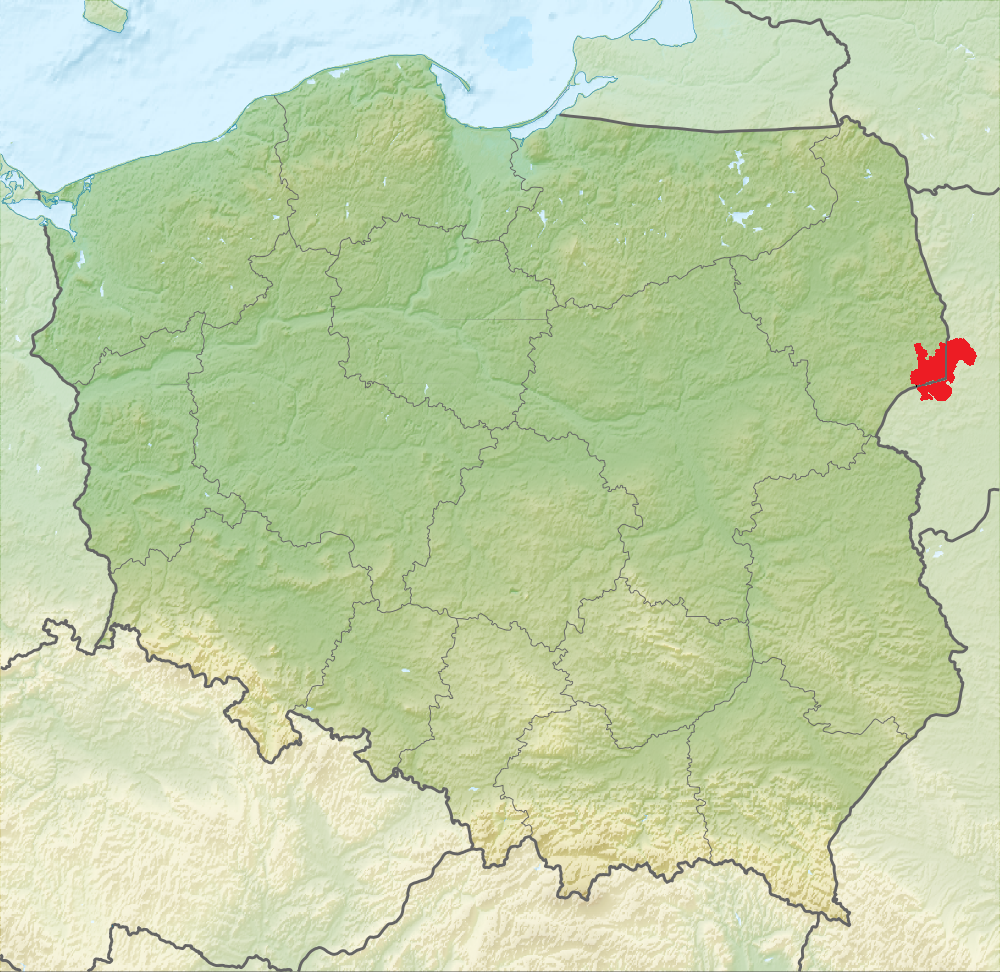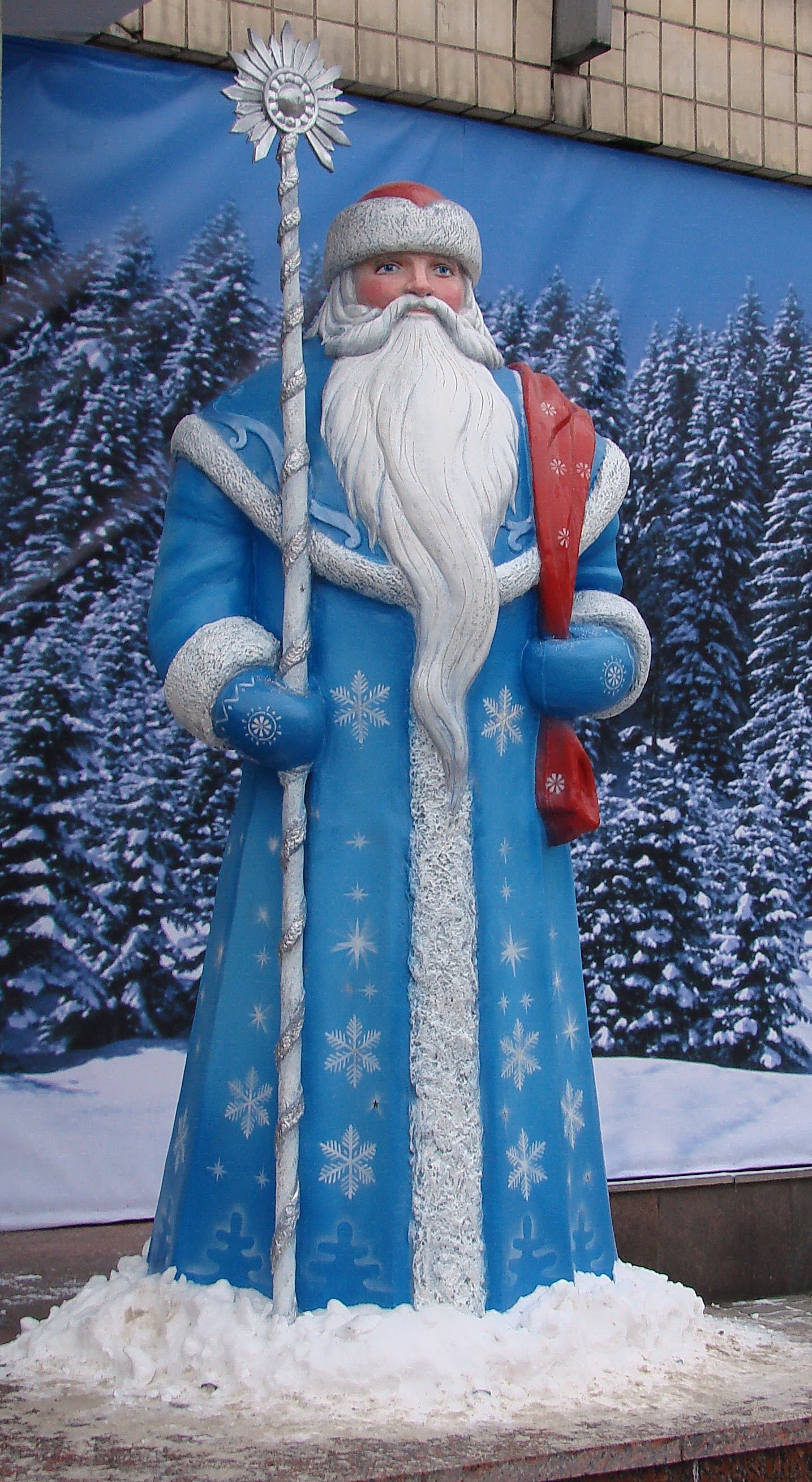|
Kamieniuki
Kamyanyuki ( be, Камянюкі, Kamianiuki; russian: Каменюки, Kamenyuki), also known as Kamyenyuki ( be, Каменюкі, Kamieniuki), is an agrotown in Kamyenyets District, Brest Region, Belarus. It serves as the administrative center of Kamyanyuki rural council ('' selsoviet''). It is located in Belovezhskaya Pushcha National Park (the Belarusian part of the Białowieża Forest), north from Kamyenyets, from Brest and from the Zhabinka railway station, on the Leśna Prawa river. History From 1921 to 1939, it belonged to the Gmina Białowieża. According to the 1921 Polish census, 138 people lived in the village, all of them Orthodox. At the same time, 13 residents declared Polish nationality, 108 declared Belarusian nationality, and 17 declared other nationalities. There were 22 residential buildings in the village.Беларуская энцыклапедыя: У 18 т. / Рэдкал.: Г. П. Пашкоў і інш.. — Мн.: БелЭн, 1998. — Т. 7: ... [...More Info...] [...Related Items...] OR: [Wikipedia] [Google] [Baidu] |
Białowieża Forest
Białowieża Forest; lt, Baltvyžių giria; pl, Puszcza Białowieska ; russian: Беловежская пуща, Belovezhskaya Pushcha is a forest on the border between Belarus and Poland. It is one of the last and largest remaining parts of the immense primeval forest that once stretched across the European Plain. The forest is home to 800 European bison, Europe's heaviest land animal. UNESCO's Man and the Biosphere Programme designated the Polish Biosphere Reserve ' in 1976 and the Belarusian Biosphere Reserve ' in 1993. In 2015, the Belarusian Biosphere Reserve occupied the area of , subdivided into transition, buffer and core zones. The forest has been designated a UNESCO World Heritage Site and an EU Natura 2000 Special Area of Conservation. The World Heritage Committee by its decision of June 2014 approved the extension of the UNESCO World Heritage site "Belovezhskaya Pushcha/Białowieża Forest, Belarus, Poland", which became "Białowieża Forest, Belarus, Polan ... [...More Info...] [...Related Items...] OR: [Wikipedia] [Google] [Baidu] |
Belovezhskaya Pushcha National Park
Belovezhskaya Pushcha National Park (Russian:"Białowieża Forest, Belarus, Poland" at the UNESCO official webpage. Retrieved May 27, 2015. , be, Нацыянальны парк Белавежская пушча) is a within parts of the ( Kamyanyets District and Pruzhany District) and |
Agrotown (Belarus)
An agrotown ( be, аграгарадок, ahraharadok; russian: агрогородок, agrogorodok) is an official type of rural settlement in Belarus introduced by a law passed in 1998. The law defines agrotowns as well-developed rural settlements with industrial and social infrastructure to ensure social standards for population living there and in the surrounding areas. The law further says that if a ''selsoviet'' (rural district) has agrotowns, its administrative center must be in an agrotown. If there is more than one agrotown, the selsoviet center is assigned by the Districts of Belarus, District Council of Deputies. References Types of populated places Agrotowns in Belarus, Rural geography {{belarus-geo-stub ... [...More Info...] [...Related Items...] OR: [Wikipedia] [Google] [Baidu] |
Populated Places In Brest Region
Population typically refers to the number of people in a single area, whether it be a city or town, region, country, continent, or the world. Governments typically quantify the size of the resident population within their jurisdiction using a census, a process of collecting, analysing, compiling, and publishing data regarding a population. Perspectives of various disciplines Social sciences In sociology and population geography, population refers to a group of human beings with some predefined criterion in common, such as location, race, ethnicity, nationality, or religion. Demography is a social science which entails the statistical study of populations. Ecology In ecology, a population is a group of organisms of the same species who inhabit the same particular geographical area and are capable of interbreeding. The area of a sexual population is the area where inter-breeding is possible between any pair within the area and more probable than cross-breeding with ind ... [...More Info...] [...Related Items...] OR: [Wikipedia] [Google] [Baidu] |
Polesie Voivodeship
Polesie Voivodeship ( pl, województwo poleskie) was an administrative unit of interwar Poland (1918–1939), named after the historical region of Polesia. It was created by the Council of Ministers of the Second Polish Republic on February 19, 1921, as a result of peace agreement signed with the Russian and Ukrainian SSRs in Riga. Polesie Voivodeship was the largest province of interwar Poland. It ceased to function in September 1939, following the Nazi-German and Soviet invasion of Poland in accordance with a secret protocol of the Nazi–Soviet Pact of non-aggression. Demographics The provincial capital of the Polesie Voivodeship, and also the largest city was Brześć nad Bugiem (Brest-on-the-Bug) with some 48,000 inhabitants (1931). The province was made up of 9 powiats (counties), and had 12 substantial towns or cities. In 1921, the population of the province numbered 879,417, with a population density of about 20.8 persons per km2, the lowest in interwar Poland. By 1931, ... [...More Info...] [...Related Items...] OR: [Wikipedia] [Google] [Baidu] |
Brestsky Uyezd
Brestsky Uyezd (''Брестский уезд'') was one of the nine subdivisions of the Grodno Governorate of the Russian Empire. It was situated in the southwestern part of the governorate. Its administrative centre was Brest (''Brest-Litovsk''). Demographics At the time of the Russian Empire Census of 1897, Brestsky Uyezd had a population of 218,432. Of these, 64.4% spoke Ukrainian, 20.8% Yiddish, 8.1% Russian, 3.9% Polish, 1.8% Belarusian, 0.2% German, 0.2% Tatar, 0.2% Mordvin The Mordvins (also Unified Mordvin people, Mordvinians, Mordovians; russian: мордва, Mordva, Mordvins (no equivalents in Moksha and Erzya)) is an obsolete but official term used in the Russian Federation to refer both to Erzyas and Moksh ... and 0.1% Latvian as their native language. Демоскоп Weekly - Приложение. Справочник стати ... [...More Info...] [...Related Items...] OR: [Wikipedia] [Google] [Baidu] |
Russian Orthodox
Russian Orthodoxy (russian: Русское православие) is the body of several churches within the larger communion of Eastern Orthodox Christianity, whose liturgy is or was traditionally conducted in Church Slavonic language. Most Churches of the Russian Orthodox tradition are part of the Eastern Orthodox Church. Origin Historically, the term "Greek Orthodox" has been used to describe all Eastern Orthodox churches, since the term "Greek" can refer to the heritage of the Byzantine Empire. However, after the fall of Constantinople, the Greek influence decreased. Having lost its Christian '' basileus'' after the Turkish conquest, Constantinople, as a center of power, lost a significant part of its authority. On the other hand, the Moscow rulers soon began to consider themselves real ''Tsars'' (this title was already used by Ivan III), and therefore, according to them, the center of the Eastern Orthodox Church should be located in Moscow, and thus the bishop of Mosco ... [...More Info...] [...Related Items...] OR: [Wikipedia] [Google] [Baidu] |
Fairy Tale
A fairy tale (alternative names include fairytale, fairy story, magic tale, or wonder tale) is a short story that belongs to the folklore genre. Such stories typically feature magic (paranormal), magic, incantation, enchantments, and mythical or fanciful beings. In most cultures, there is no clear line separating myth from folk or fairy tale; all these together form the literature of preliterate societies. Fairy tales may be distinguished from other folk narratives such as legends (which generally involve belief in the veracity of the events described) and explicit moral tales, including beast fables. In less technical contexts, the term is also used to describe something blessed with unusual happiness, as in "fairy-tale ending" (a happy ending) or "fairy-tale romance (love), romance". Colloquially, the term "fairy tale" or "fairy story" can also mean any far-fetched story or tall tale; it is used especially of any story that not only is not true, but could not possibly be true ... [...More Info...] [...Related Items...] OR: [Wikipedia] [Google] [Baidu] |
Snegurochka
Snegurochka (diminutive) or Snegurka ( rus, Снегу́рочка (diminutive), Снегу́рка, p=sʲnʲɪˈgurətɕkə, snʲɪˈgurkə), or The Snow Maiden, is a character in Russian fairy tales. This character has no apparent roots in traditional Slavic mythology and customs, having made its first appearance in Russian folklore in the 19th century. Since the mid-20th century under the Soviet period, Snegurochka has also been depicted as the granddaughter and helper of Ded Moroz during New Year parties for children. Classification Tales of the Snegurochka type are Aarne–Thompson type 703* The Snow Maiden. The Snegurochka story compares to tales of type 1362, The Snow-child, where the strange origin is a blatant lie.D. L. Ashliman, The Snow Child: folktales of type 1362' Folk tale versions and adaptations A version of a folk tale about a girl made of snow and named Snegurka (Snezhevinochka; Снегурка (Снежевиночка)) was published in 1869 by Alex ... [...More Info...] [...Related Items...] OR: [Wikipedia] [Google] [Baidu] |
Ded Moroz
Ded Moroz (russian: Дед Мороз, ; Russian diminutive: russian: Дедушка Мороз, Dedushka Moroz, label=none; sk, Dedo Mráz; pl, Dziadek Mróz) or Morozko (russian: Морозко) is a legendary figure similar to Saint Nicholas, Father Christmas, and Santa Claus who has his roots in Slavic mythology. The tradition of Ded Moroz is mostly spread in East Slavic countries and is an important part of Russian culture. At the beginning of the Soviet era, communist authorities banned Ded Moroz. Nevertheless, he soon became an important part of the Soviet culture. The literal translation of Ded Moroz is Grandfather Frost. Ded Moroz wears a heel-length fur coat, in red or blue, a semi-round fur hat, and ''valenki'' on his feet. He has a long white beard. He walks with a long magic stick and often rides a troika. He is often depicted bringing presents to well-mannered children, often delivering them in person in the days of December and secretly under the New Year T ... [...More Info...] [...Related Items...] OR: [Wikipedia] [Google] [Baidu] |
Eastern Orthodox Church
The Eastern Orthodox Church, also called the Orthodox Church, is the second-largest Christian church, with approximately 220 million baptized members. It operates as a communion of autocephalous churches, each governed by its bishops via local synods. The church has no central doctrinal or governmental authority analogous to the head of the Roman Catholic Church—the Pope—but the Ecumenical Patriarch of Constantinople is recognized by them as '' primus inter pares'' ("first among equals"), which may be explained as a representative of the church. As one of the oldest surviving religious institutions in the world, the Eastern Orthodox Church has played a prominent role in the history and culture of Eastern and Southeastern Europe. The Eastern Orthodox Church officially calls itself the Orthodox Catholic Church. Eastern Orthodox theology is based on holy tradition, which incorporates the dogmatic decrees of the seven ecumenical councils, the Scriptures, and the teachin ... [...More Info...] [...Related Items...] OR: [Wikipedia] [Google] [Baidu] |






